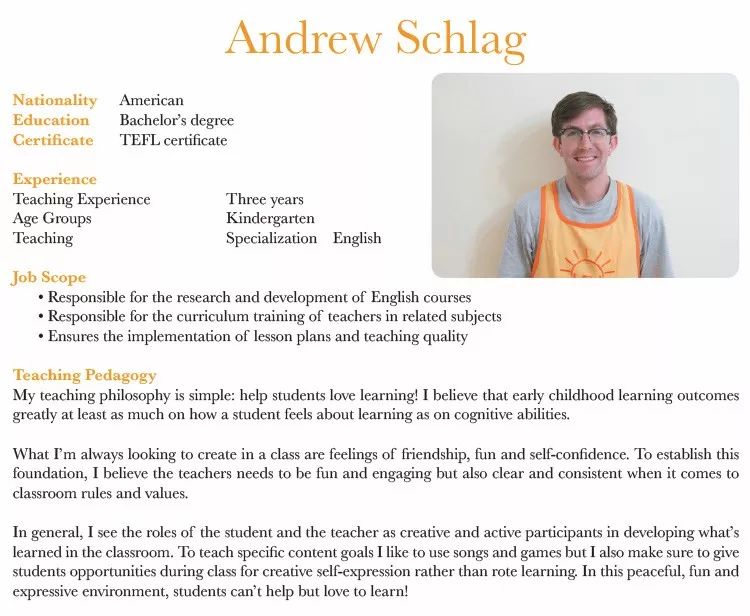

Are your child’s scissor skills not cutting it?
Children who struggle with using scissors to cut wellcan become highly frustrated and unable or unwilling to complete cutting activities in school, hurting their self-confidence and independence.
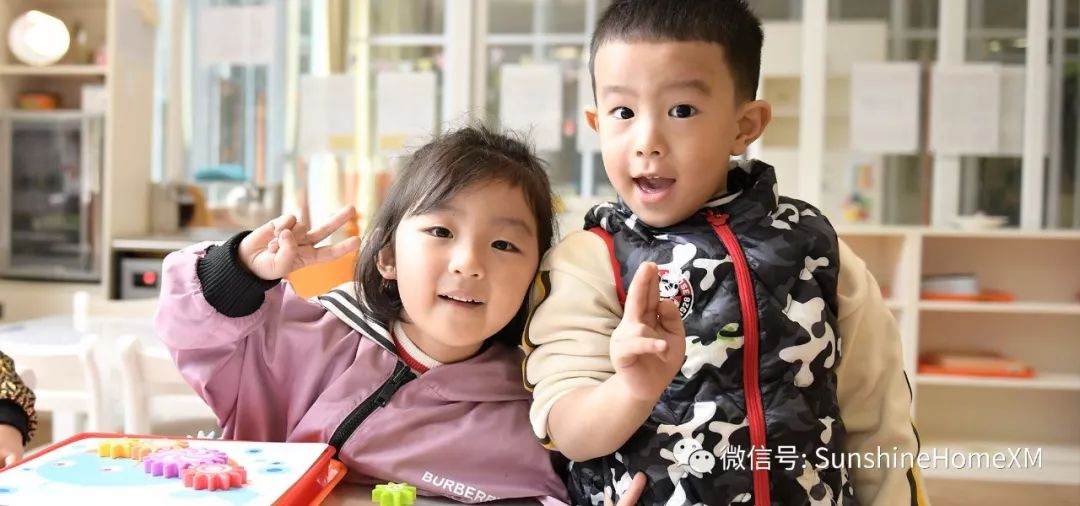
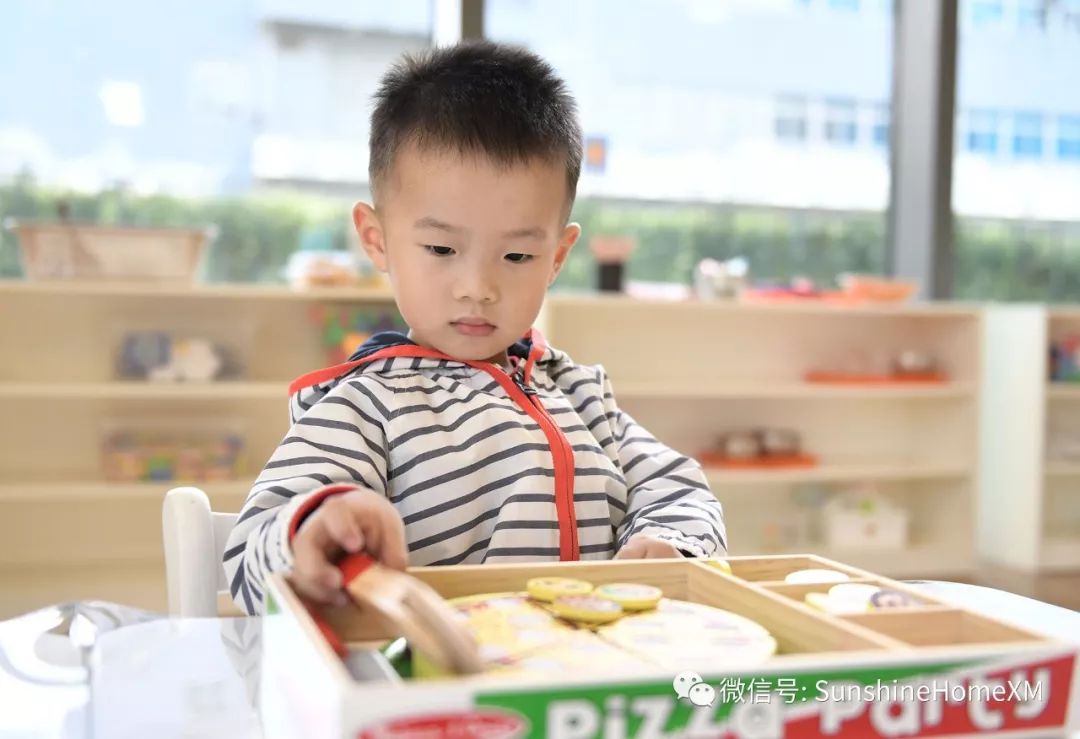

But did you know that scissor skills are developmental and typically follow a sequence?
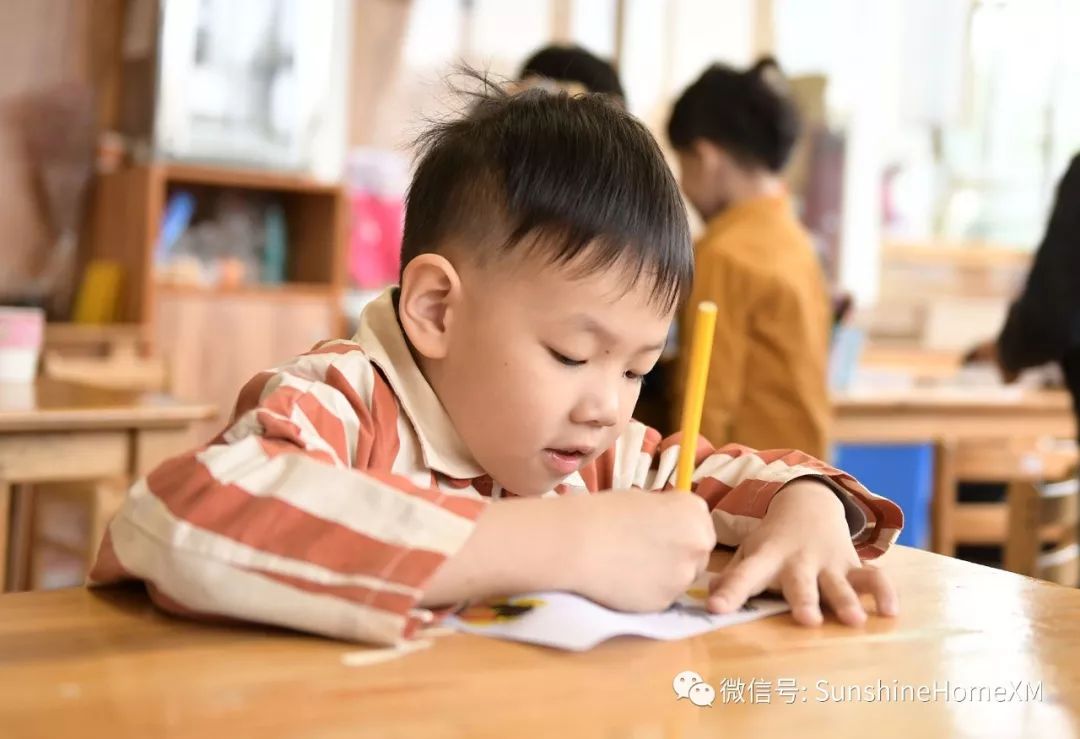
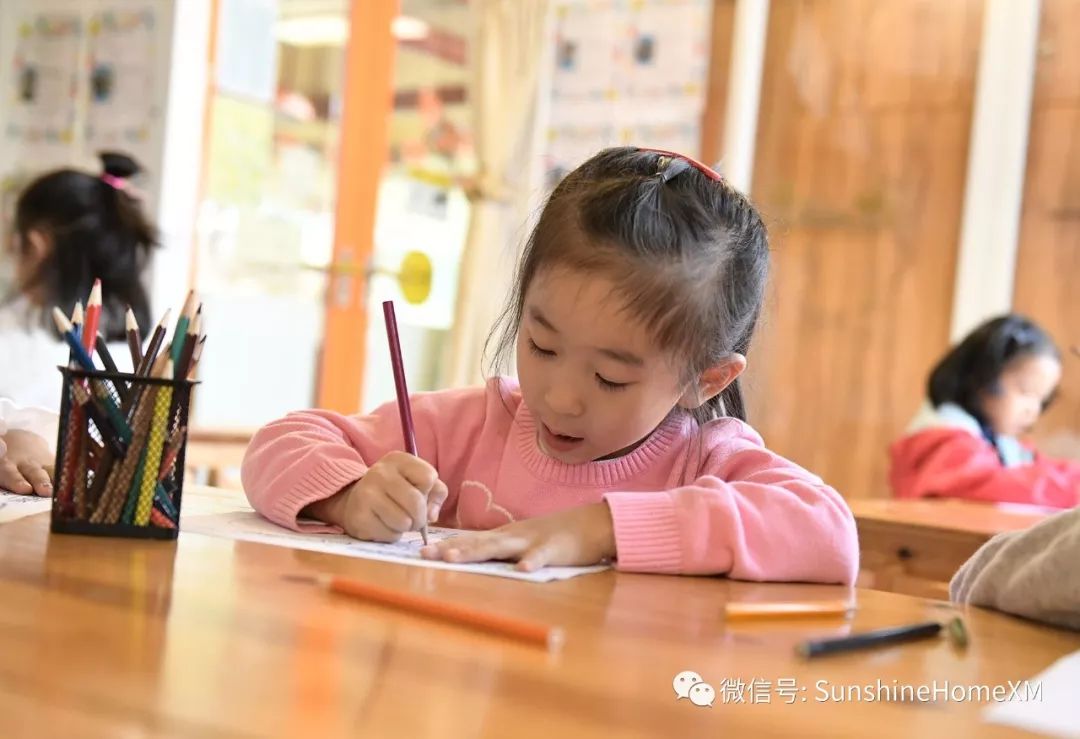
Help your children improve their scissor cutting skills by following this simple developmental sequence.

Before children are ready to use scissors they should develop some essential fine more skills by ripping sturdy paper.
Children exercise their tripod grasp (thumb and first two fingers) as they grip the paper to rip it.

This is the same grip they need for other tasks like writing and buttoning. The ripping action requires children to move their hands in different directions simultaneously which helps develop bilateral coordination skills.

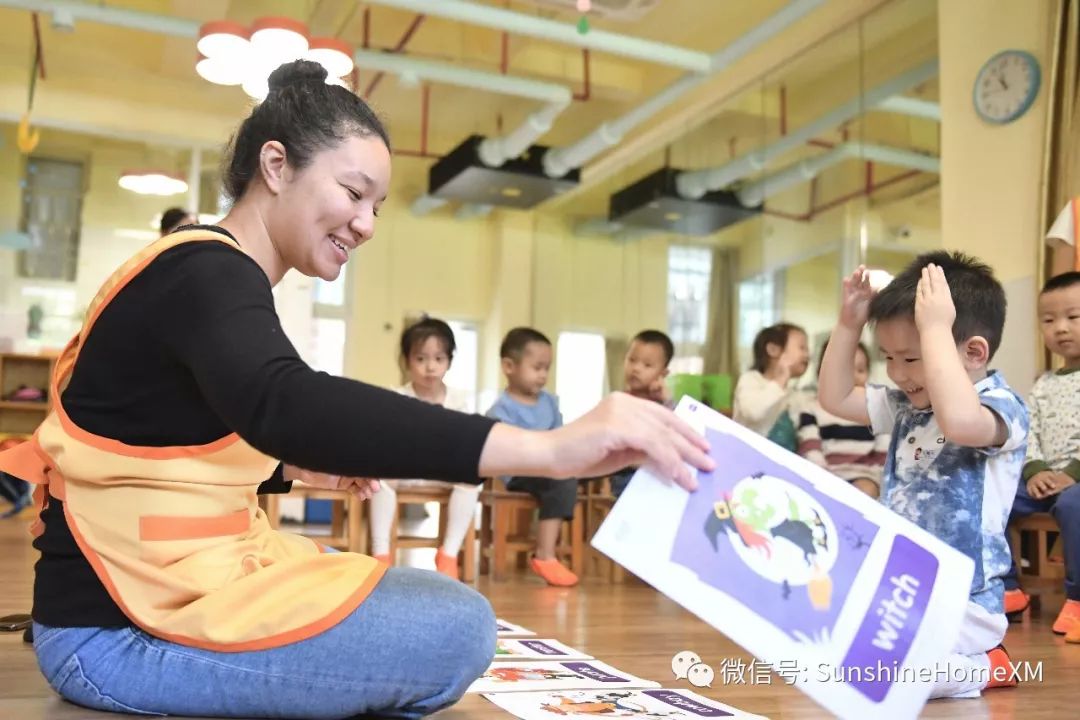
First, give your child strips of sturdy paper to rip. Once that is easy, move onto larger pieces of paper.
As early as 1.5 years of age, children can begin experimenting with holding scissors (safety scissors). This could start while your child is also working on ripping paper with their hands.

Typically children first hold the scissors with incorrect hand placement. They use both hands to open and close the blades.
With assistance, your child should learn to hold the scissors in a correct grip.

At this early stage they are not ready to use those new skills with paper yet. Instead, guide them to practice cutting with play dough, modeling clay, and to continue ripping paper.
Snipping means opening and closing the scissors once to cut a piece of paper. Give them skinny strips of paper to snip.
With this action your child will develop the hand muscles necessary to cut longer lines later on.

Fringe cutting is simply repetitive snipping where one doesn’t cut the paper in half.
You can draw a series of spaced lines at the bottom of a sheet of sturdy paper.
Your child should snip one line after the next, further developing his hand muscles so he won’t get fatigued cutting longer lines later.

Once children can complete these earlier steps with ease it times for them to begin working on cutting straight lines from point A to point B. The challenge is that they must be able to open and close scissors multiple times per cut, which can easily result in hand fatigue.


Don’t worry, this simply means they need more practice.
Continue working on cutting simple straight lines, increasing the length as their strength improves.
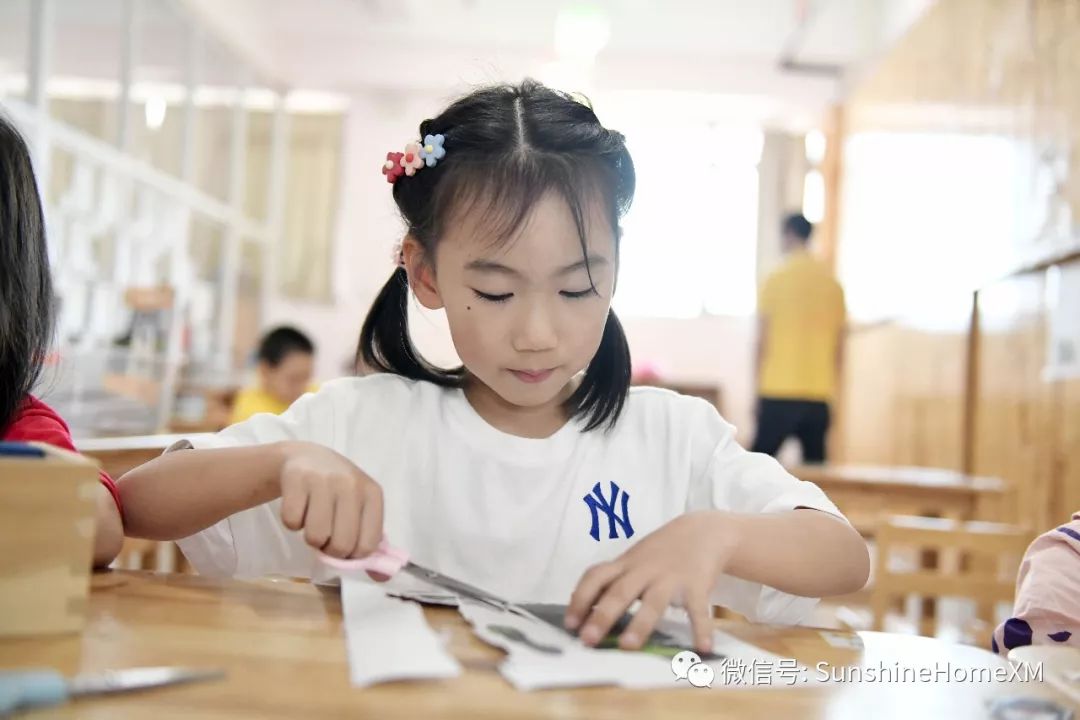
Zigzag lines are more challenging than straight line because they require children to turn the paper or their hands as they cut.

Curved lines are a real challenge and most children will struggle with this skill at first.
Wait until your child has mastered the earlier steps before giving her this difficult task.
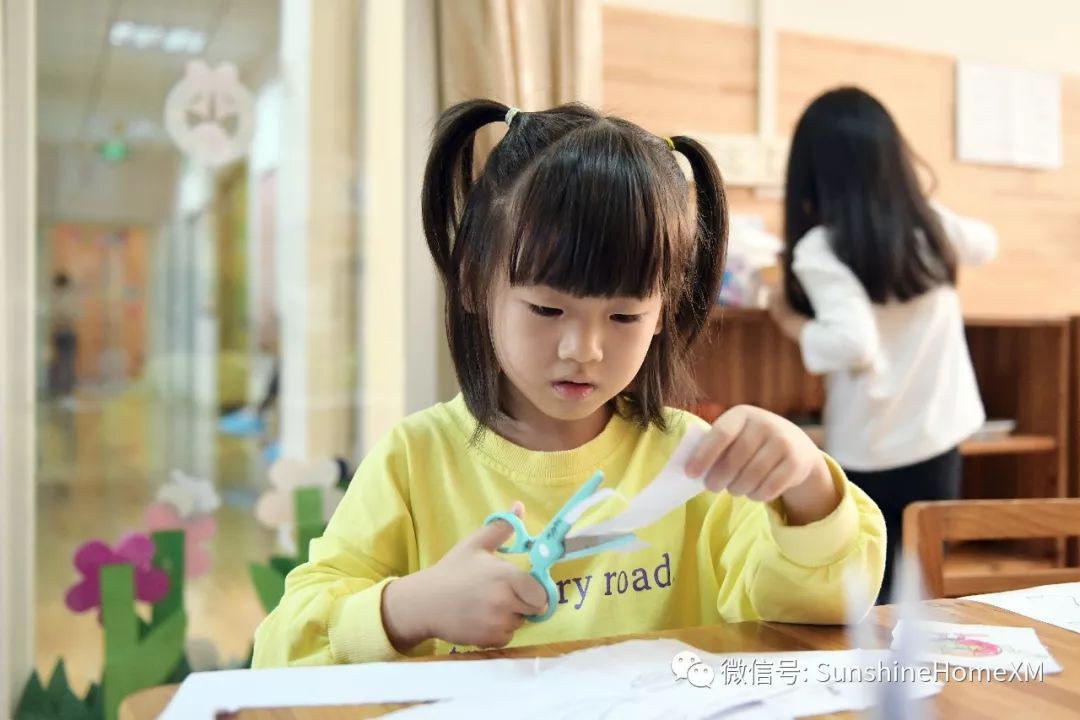
Typically students will be ready to cut a curved line by the age of 4.
You can begin with cutting half circles and then move onto cutting full circles.

The challenge of this step is having to turn the paper to cut the angle. Children will typically turn their arms instead of the paper by instinct.



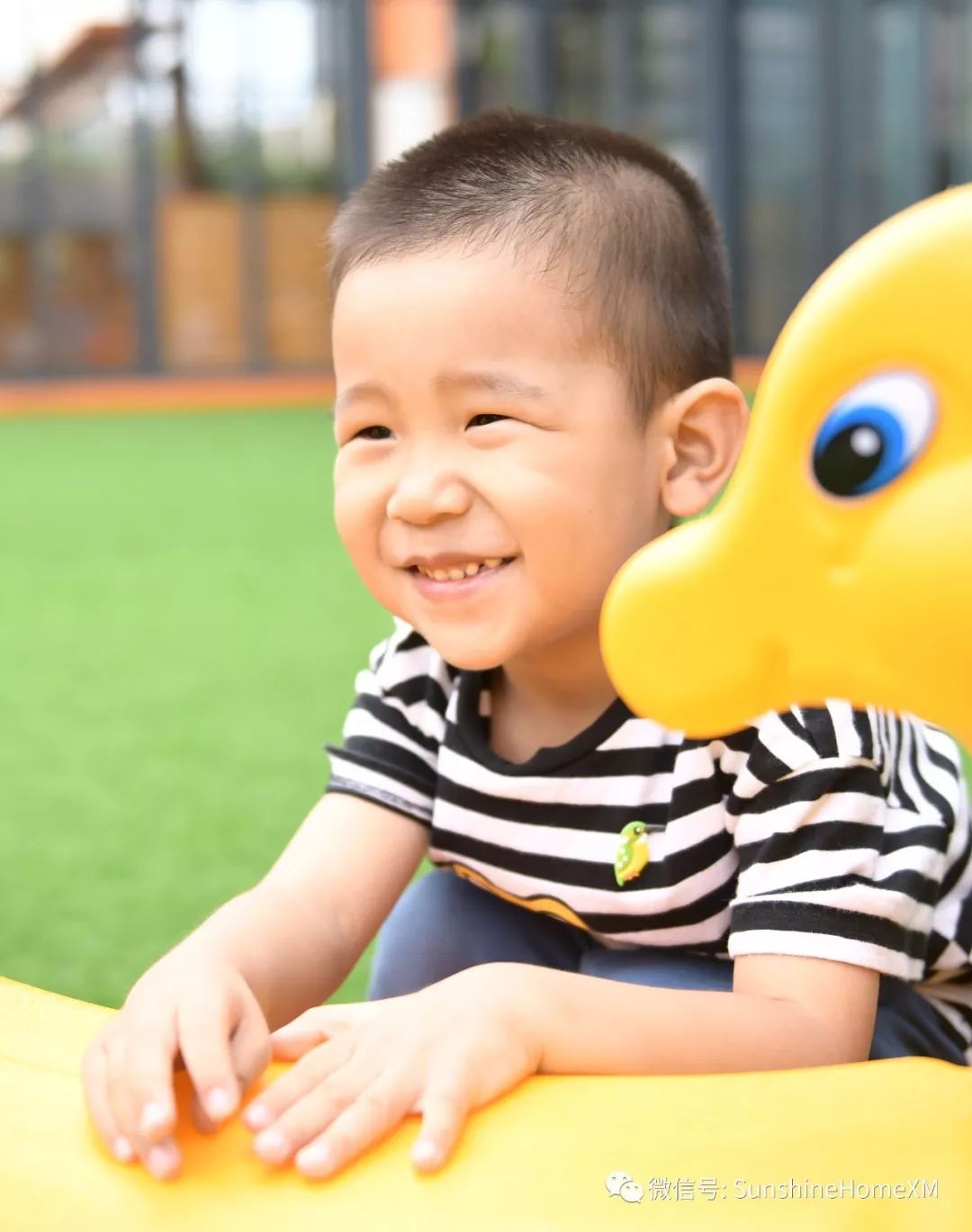
Help them by demonstrating how to hold the paper and turn it as you cut curved lines and right angles.
It’s going to take lots of practice to master this technique, but keep at it!




By the age of 6 children typically should be able to cut out complex shapes such as figures, learning to combine the earlier steps in a more fluid way.

Wherever your child is in the sequence of steps, you can help them with lots of encouragement and by providing them with appropriate materials and tasks to complete at home.
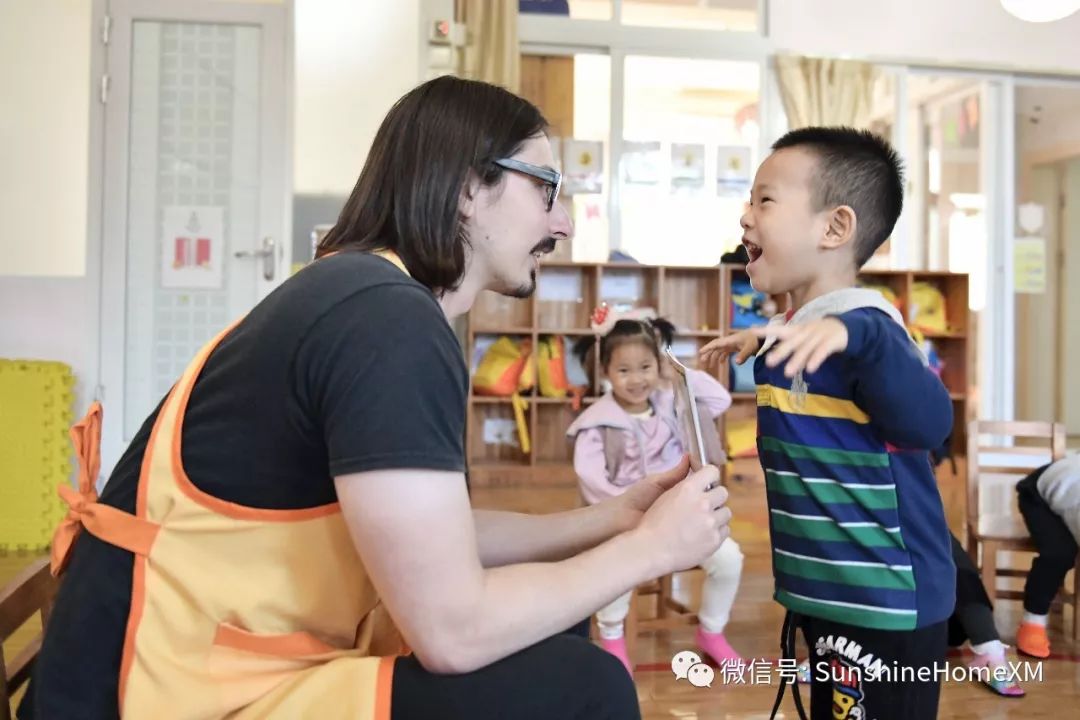
With their other toys you can add a box of paper and scissors to allow them to practice for fun. Even better, you can do simple crafts together that focus on the specific techniques they are working on.
Good luck and happy cutting!

International Sunshine Home is Xiamen’s premier bilingual Arts and Sciences pre-school. Our qualified teachers and small class sizes help your child grow up in a safe and happy environment.
We welcome you to visit us in person to find out more. Simply reply to our WeChat and send us your name and your child’s name along with your phone number.


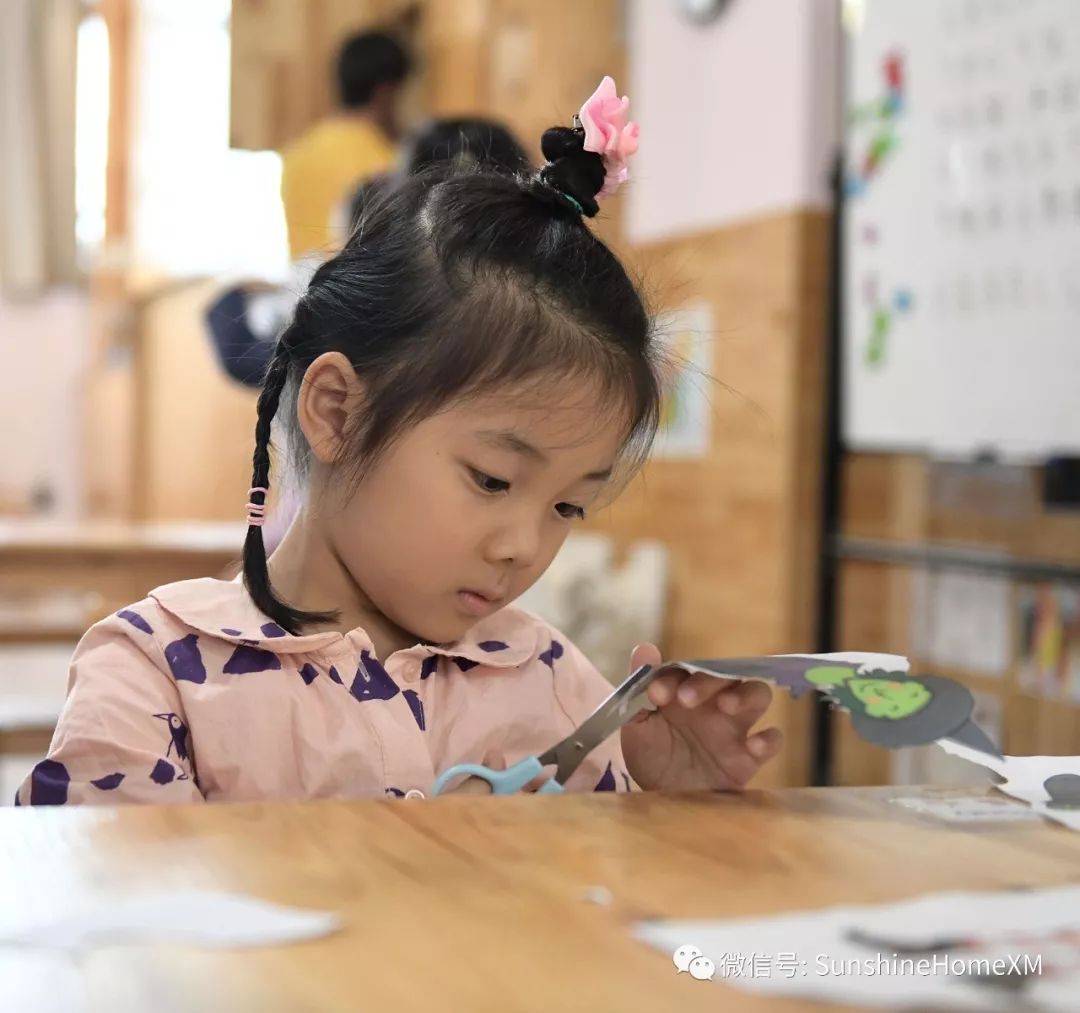
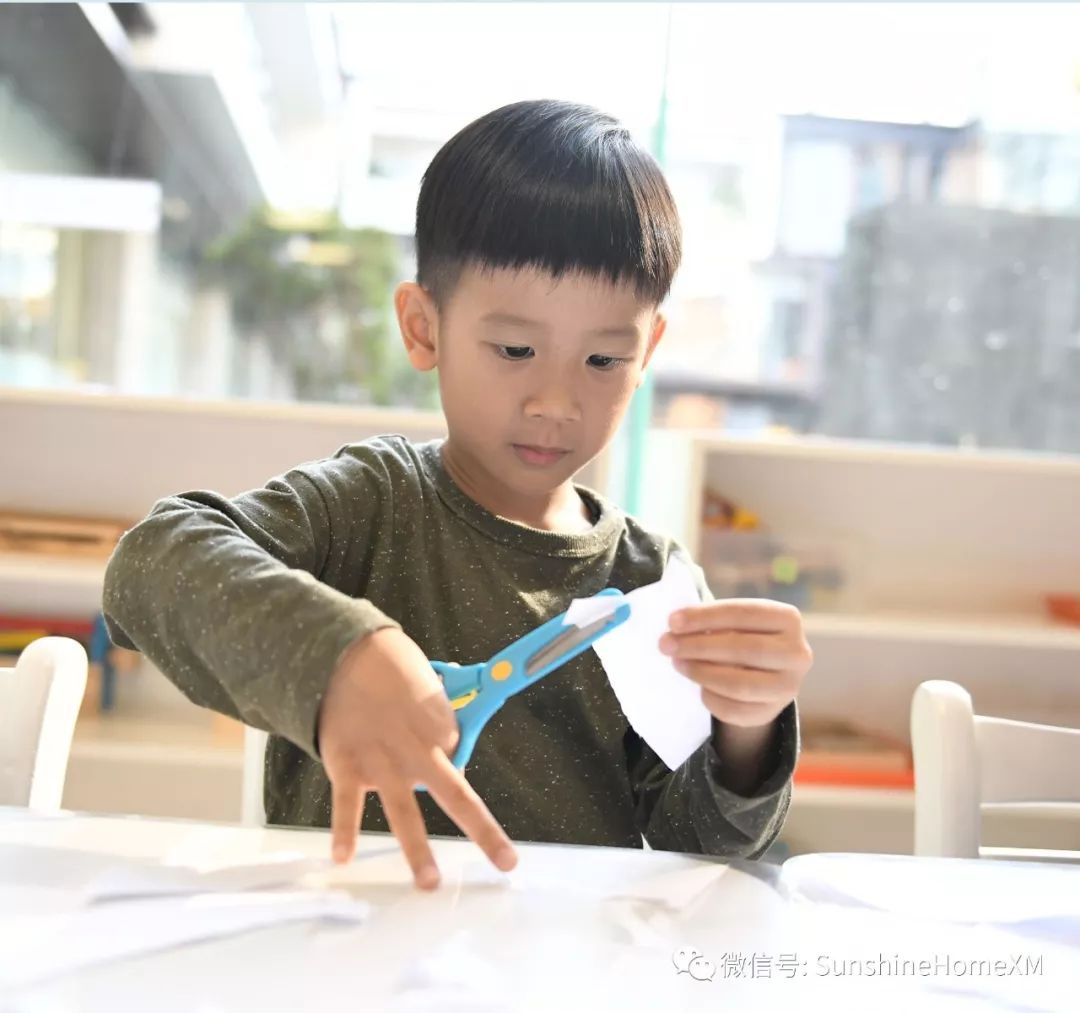





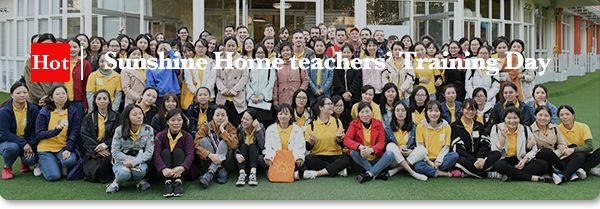


 International Sunshine Home Arts & Sciences
International Sunshine Home Arts & Sciences